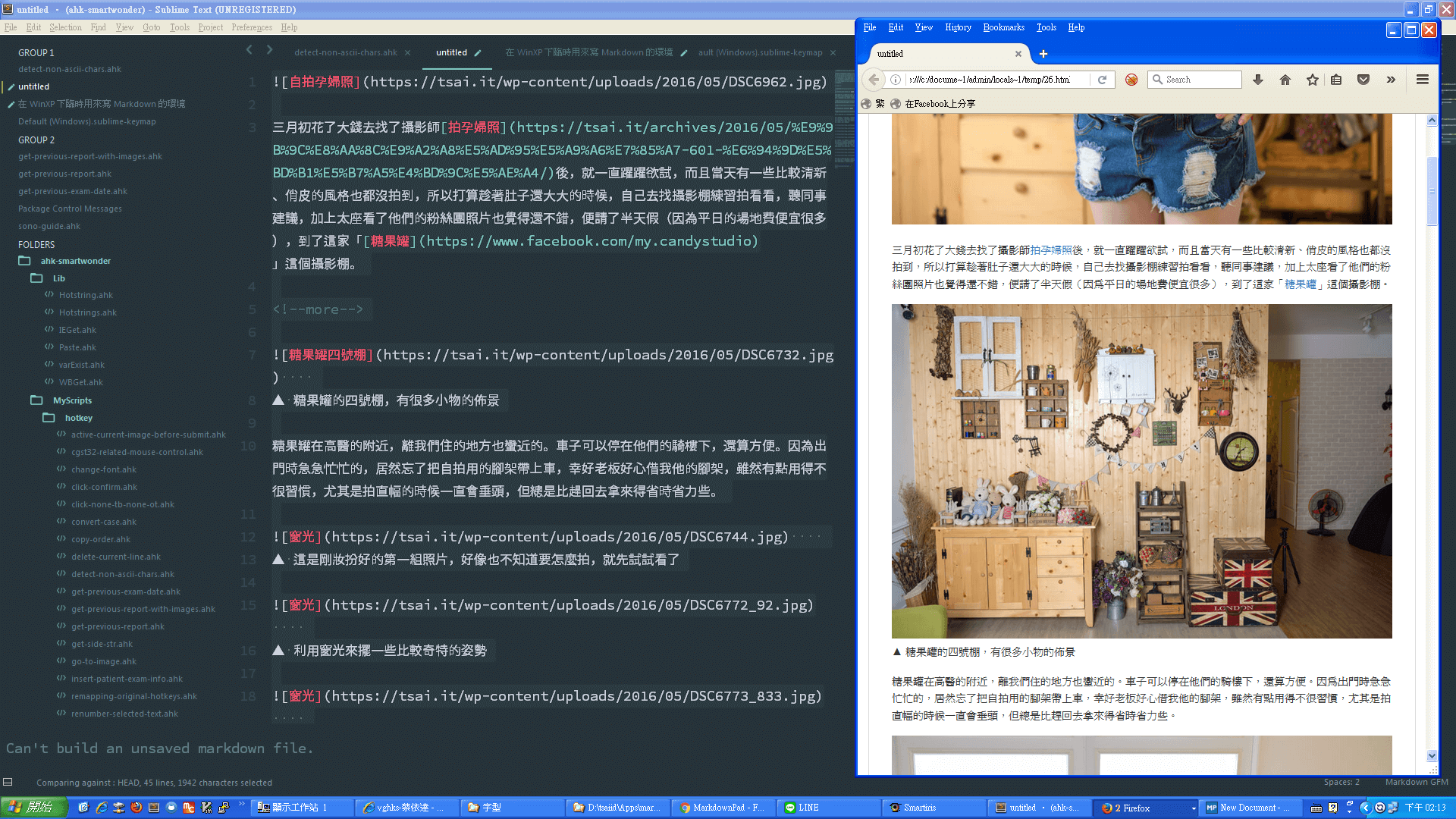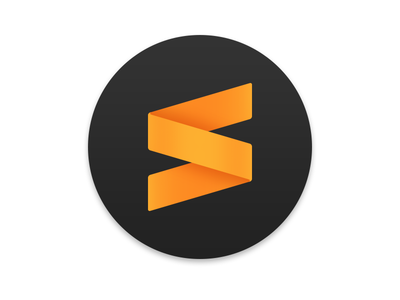

- #Sublime livereload windows for mac
- #Sublime livereload windows full version
- #Sublime livereload windows install
- #Sublime livereload windows for android
- #Sublime livereload windows windows 8
#Sublime livereload windows windows 8
Seeing it in action: Synchronized testing of an Android, Windows 8 and Firefox OS phone with Ghostlab Useful for synchronizing navigations to multiple pages

Ghostlab can rewrite URLs so all resources are loaded through the Ghostlab proxy. To enable, check "Load all content through Ghostlab" under the "Content Loading" tab. What's even better is that Ghostlab has an option allowing you to proxy all links going through the network so that instead of a click on navigating to (for example), which would break the automatic cross-device refresh suffered by other solutions, it can just translate this link into so that navigating is completely seamless across all my devices. I can now select one of my other connected devices, click on different links around HTML5Rocks and the navigation is synchronized both on my desktop Chrome (where I entered in the same Ghostlab URL) as well as across all of my devices. This opens up a configuration window that looks like the below: Configure files to watch, HTTP headers, character sets and more. At any time, you can manually change the base URL you are inspecting by clicking the settings cog next to an entry. Ghostlab is also able to display some stats about connected devices like the UA string, viewport width and height, device pixel density, aspect ratio and more. You should now be able to test navigating and synchronizing clicks! Yay. Double-clicking the device name displays additional details such as the screen size, OS and so on.
#Sublime livereload windows install
Ghostlab doesn't require that you install a dedicated client per device like some other solutions and it means you can start testing even more quickly.Īny device you connect to the Ghostlab URL will be added to the list of connected clients in the sidebar to the right of the main Ghostlab window.
#Sublime livereload windows for android
Here, I've connected up a Nexus 4 and pointed Chrome for Android to the IP address Ghostlab gave me. Ghostlab server locally proxying content from our URL This starts a new server, available at an IP address specific to your network (e.g ). You can then kick-start off a new Ghostlab server by clicking the ">" play button next to the name of your site. Cheeky, eh? ) Choose a URL or local directory on your machine For this article, I'm testing a live version of. Alternatively, drag the local folder you wish to test over into the main window and a new site entry will be created. Once Ghostlab is running, you can either click "+" to add a URL for testing or simply drag it from your browser's address bar. You will then want to connect your Mac and the devices you wish to test to the same Wifi network so that they're discoverable.
#Sublime livereload windows full version
To get started, download, install and run the trial (or full version if you're in the buying mood). I found setting up Ghostlab a painless process. Ghostlab supports watching local directories, so this refresh also happens when you save edits to local files, keeping everything in sync always!

Once you've opened your page in a browser on your devices, any changes to navigation (including refreshes) cause any other connected devices to refresh instantly. This makes testing your site's end-to-end user experience on multiple devices very straightforward. With minimum setup it allows you to simultaneously sync: Ghostlab is a commercial Mac application ($49) designed to synchronise testing for sites and web apps across multiple devices.
#Sublime livereload windows for mac
Tools # GhostLab (Mac) # GhostLab for Mac by Vanamco In this article, we will look at Ghostlab, Remote Preview, Adobe Edge Inspect and Grunt. Thankfully if you have access to some of your target devices, there are a number of tools aimed at improving the flow from your desktop to your mobile devices. Being able to load up a page is great for visual testing, but for interaction testing you ideally also want to be able to synchronize scrolls, clicks and other behaviours. Manually loading them on each device is so yesterday, takes longer and makes it easier to miss out on regressions.


 0 kommentar(er)
0 kommentar(er)
